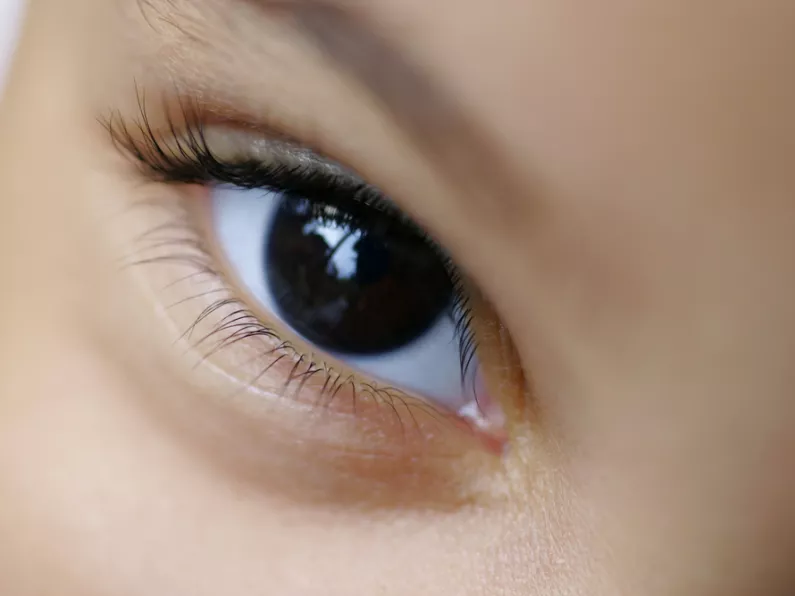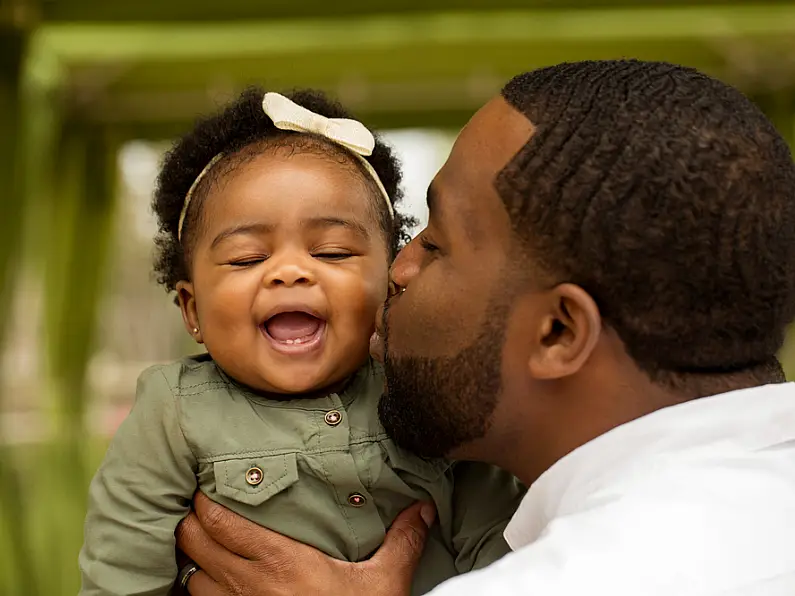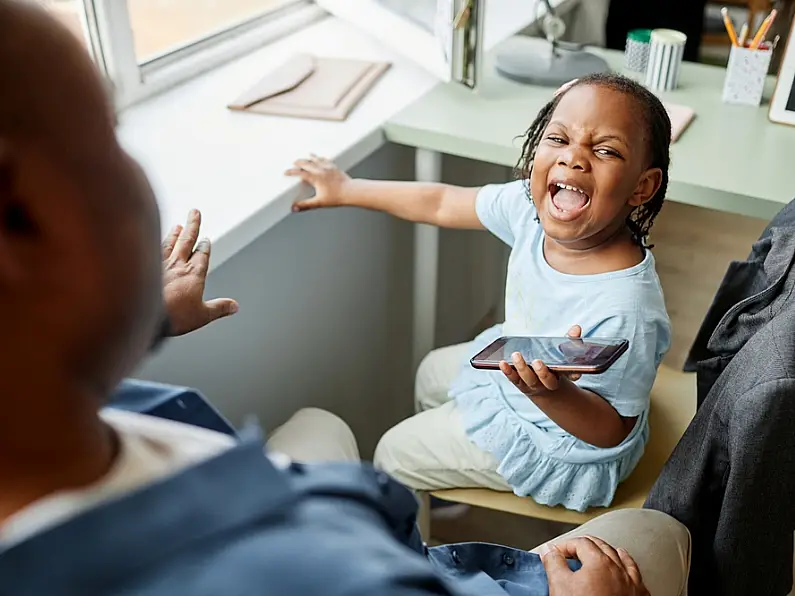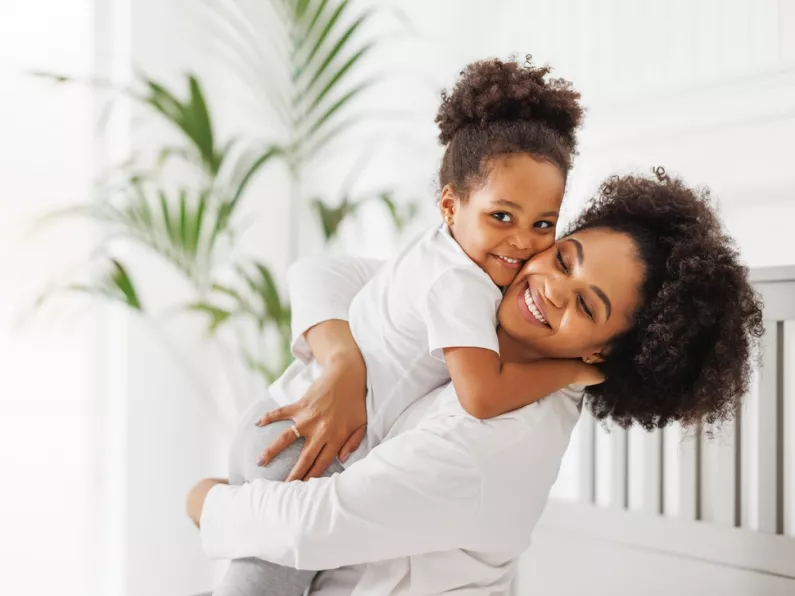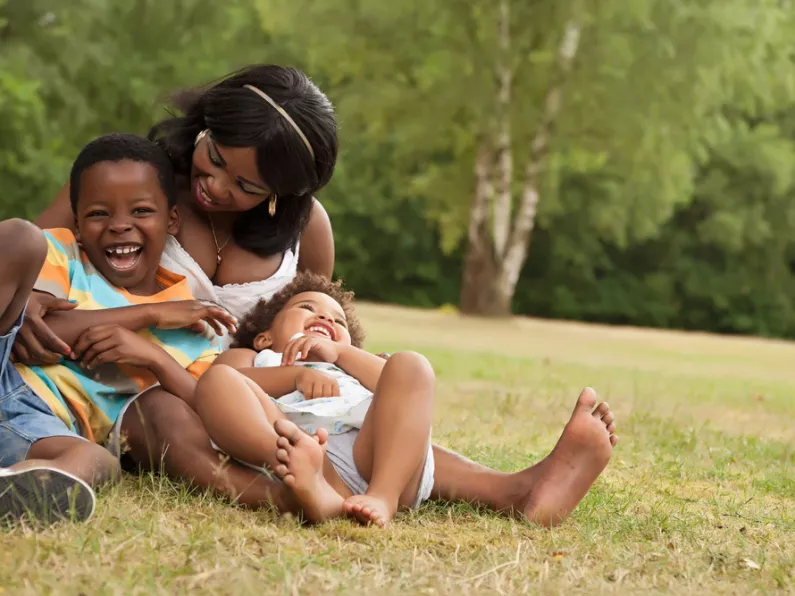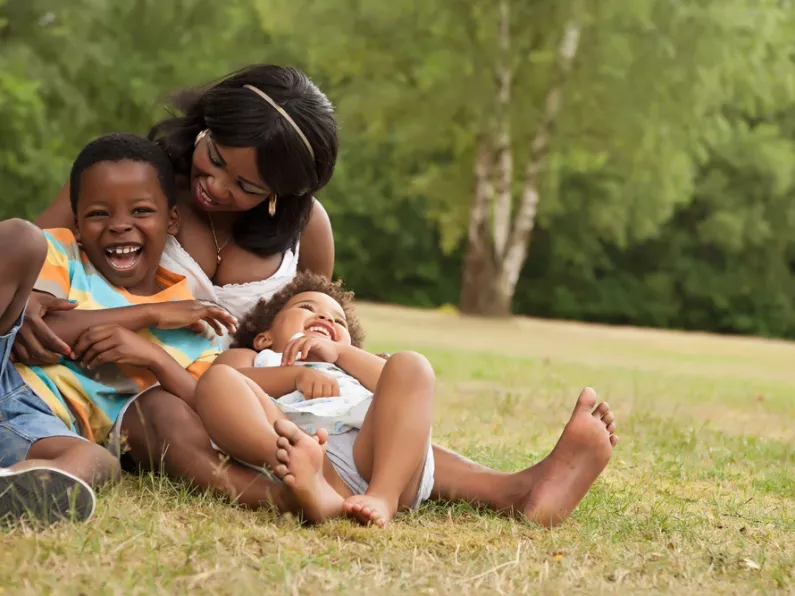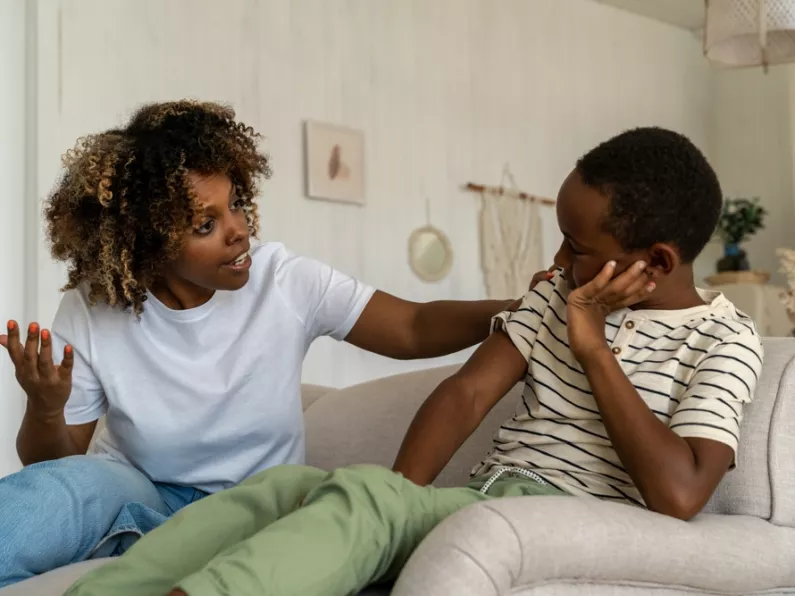It might sound intimidating, but a vision screening for children is simply a brief eye and vision check to help detect any issues in children.
It is an essential part of preventative eye care and an important step in ensuring overall eye health for your child.
You can’t rely on your little one to tell you if they’re having vision problems because they have no understanding of what the expected standard vision is.
So that’s why you need to take your child for regular eye exams to an Optometrist.
Some eye problems in children may have obvious symptoms like squinting, blinking, or dryness, while others may have no symptoms at all and may only be detected during screening.
Some of these problems can cause permanent vision loss if left untreated in childhood.
That's why it’s important for your child's paediatrician to assess your child’s eyes at each routine health visit and for you to start formal vision screening tests once they're old enough.
When a child should go for an eye exam
Your child’s first eye screening can be conducted as early as after birth, when the pediatrician will perform simple eye tests which can detect abnormalities in the light reflex from the pupil and can also evaluate the alignment between both eyes.
The first eye exam a child should have is at age 6 months as it is only after then that the child’s visual acuity stabilizes.
The next eye exam the child should have is at the age of 3 years. This involves a complete eye and vision health examination.
After that, the next eye exam should be at the age of 5.
Hereafter, the child should have a routine exam. Some children may require a shorter check-up period, depending on the eye condition.
You can book an appointment for a comprehensive eye examination at your nearest Courts Optical eye care centre.
What happens in a vision screening?
A vision screening for a child may be performed in different ways, depending on your child's age. Some screenings may or may not need your child's co-operation to read or match images in an age-appropriate way.
Other screenings may use special tools to evaluate the eye position, reflection of light off the back of the eye, or focus of light into the eye.
Preparations
To better evaluate a child’s vision, the eye care Practitioner may ask several questions related to the child’s family history, specific allergies, medications, and medical history. You should come to the appointment equipped with all this information.
Eye check-up for infants
To ascertain whether the baby can focus on objects, react to colours, follow gaze, and perceive depth, the eye care Practitioner will perform a few simple tests.
He/she may also check the infant’s eyes for signs of near-sightedness, far-sightedness, and astigmatism (a common eye problem that can make your vision blurry or distorted.)
Eye check-up for preschool children
By this age, the child’s visual perception and the ability to focus on details is well developed.
Along with myopia (near-sightedness) and hyperopia (far-sightedness), the eye care Practitioner will also check for signs of amblyopia (lazy eye), strabismus (a disorder in which both eyes do not look in the same direction), and convergence insufficiency (a condition that affects near vision and eye muscle coordination).

